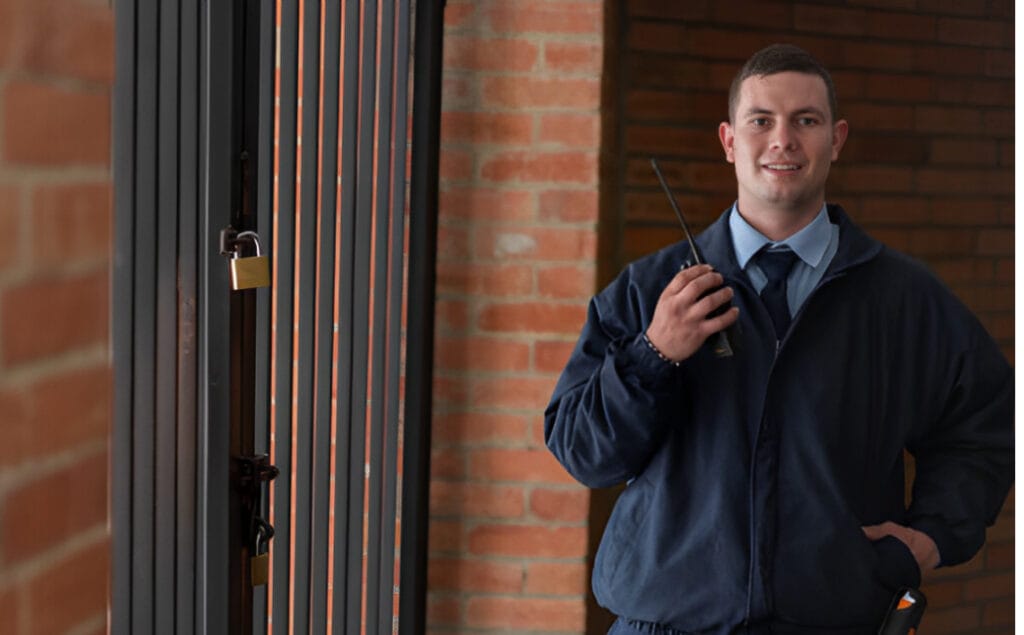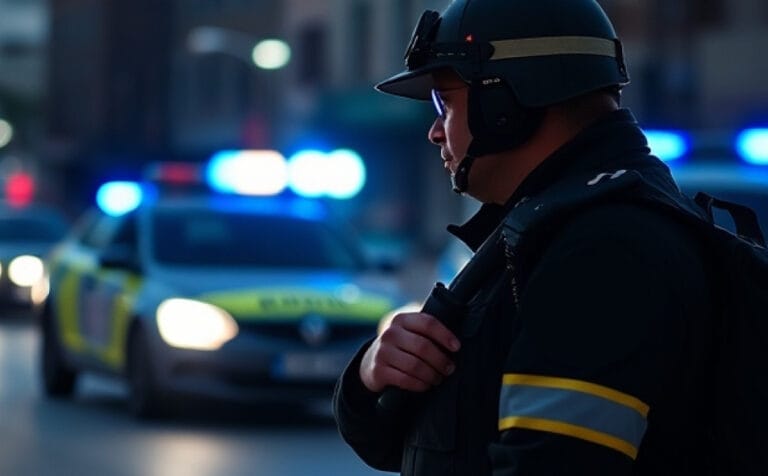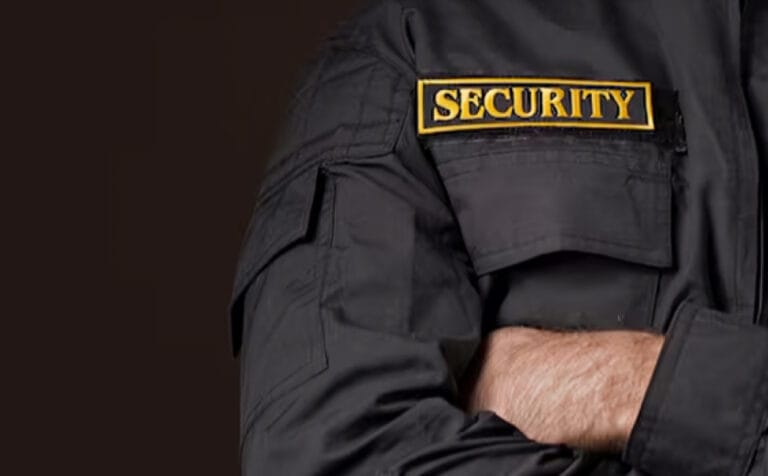Construction sites can be considered as training grounds for activity, with an availability of theft-prone equipment, materials, and tools. But conversely, having a construction site has made property owners and contractors prey to theft. Vandalism and security risks are all large threats to construction site security. Robust measures must be put in place to protect both the asset and the worker. Here are 10 essential tips for improving security on construction sites to lower risks and ensure a safe working environment.

Table of Contents
1. Conduct a Comprehensive Risk Assessment
Before putting any security measures, conduct an all round risk appraisal to identify potential loopholes. Site layout, the location of the site, nature of materials and equipment at hand should be considered. This analysis will help tailor the purpose of a security plan to suit mitigating such risks. A solid and good security plan can be put only after careful thought.
From open access points to high-value materials left largely outside unattended, construction sites face some unique problems. The risk assessment should encapsulate a review of past incidents-were any on your site or in the surrounding area? With these details, the security measures will be more focused on things you feel would enhance security most.
2. Install Perimeter Fencing
A perimeter fence will be the main barrier towards unauthorized access. Use more durable material and make the fence high enough so that intruders will not try to climb. Coupling the fence with barbed wire or giving it some anti-climbing features will increase security towards constructions.
Prop in enough clearly printed warning signs indicating the presence of security measures like cameras and alarms onto the fence to overpower its actual effect. Such deterrents may dissuade anybody from attempting to breach the perimeter.
3. Provide Adequate Lighting
Well-lit construction sites appear less attractive to criminals. Ensure there are ample bright LED lights installed along the perimeter, entrances, and in all high-value locations. Motion-activated lamps are better in saving energy and scaring off trespassers, deterrence to overall site security.
Good lighting is great for keeping criminals away and protects workers, who may work at the site during dark hours. Always make sure that the lights are working properly and are kept in good condition so that there are no dark spots that could be exploited.
4. Use CCTV
CCTV installation is a good idea for monitoring the construction site. Modern features like night vision, motion detection, and remote monitoring can ward off theft and provide evidence should an incident occur. Clear keys and points of interest are areas where the cameras should be set up.
While installing the cameras, ensure they are placed out of reach to prevent tampering. The fact that you can monitor your camera remotely means you are periodically assured of your construction site security even while off-site.
5. Control Site Access
Limiting access to only appropriate personnel is essential in maintaining site security. Access control can use ID badges, biometric scanners, or a coded system to monitor who is coming on and off the site. A log of the identities who enter and exit the site might really help track all activities undertaken on-site and which individual gained access without permission.
Consider setting up access points to effectively monitor or control site access. By limiting access points, you reduce the chances of unauthorized individuals filtering in without any detection. Review access records regularly to identify any unusual movement patterns for a potential security breach.
6. Secure Valuable Equipment and Materials
It must be noted that containers reserved for high-value materials and equipment must be stored in a lockable container or enclosure (with heavy-duty locks and chains). This is ever more necessary for such machinery, as are the installation of GPS tracking devices on large pieces of equipment. Unlocked tools and materials must be inventoried regularly and tagged to make them have less appeal for the thieves.
Another opportunity might be to sequester construction site security further, as carrying decentralized stock replenishment material would also result in less time for equipment on-site to stand unguarded. Smaller tools and equipment should be stored in a locked on-site storage unit overnight.
7. Hire Professional Security Services
Professional security services have trained guards available around the clock to keep an eye on the site. They can patrol the site, investigate alarms, and control access points. Along with providing safety services, hiring professionals gives you peace of mind because you know your construction site security is in good hands.
Security guards are particularly effective in deterring opportunistic criminals, simply because their mere presence dissuades unauthorized activity. Illustration of such attributes comes from the long experience in construction and site security when hiring a provider for such services.
8. Implement an Alarm System
A sophisticated alarm system can notify you and the police whenever illegally unsupervised activity occurs on-site. With a complete solution comprising motion sensors, glass break detectors, and door alarms, this security system covers all vulnerabilities. An ideal system should allow remote monitoring to keep you abreast of happenings at the site.
The alarms must be installed on each entrance and exit. By interconnecting your alarm with the cameras, you can build an integrated security network that allows for quick verification of threats and their mitigation.
9. Promote a Culture of Security Awareness
Educate workers and contractors on the relevance of construction site security. Encourage them to report suspicious acts, and to be mindful of site access protocols. A security-first approach will drastically reduce incidents of avoidable mishaps.
Regular training and briefings of site personnel should keep security concerns in the foreground. This must reflect that security is a common responsibility and reinforce that each member of the team plays a vital role in providing a safe and secure environment.
10. Develop an Emergency Response Plan
An emergency response plan describes how to act during security failures, natural disasters, or other crises. Ensure that personnel know the plan, with a recurring training schedule. Caring for potential problems is a great way to reduce downtime and maximize safety for the entire site.
Your emergency response plan should include local law enforcement, medical services, and your security provider. Ensure to communicate it to all workers and put it in visible places to enable quick reference whenever emergencies arise.
Final Thoughts
It goes without saying that construction site security is an integral choice for successful project management. These essential tips will help you protect your site, property, and employee from otherwise lurking threats. Whether you introduce surveillance systems, professional security services, or create a culture of being security-conscious, it is better to be proactive-you will save money, time, and headache.
For dependable and professional construction site security, choose Alfa Security. With years of experience in protecting construction sites, Alf Security offers intricate solutions designed to fit your needs. Secure your premises, and build with confidence.


